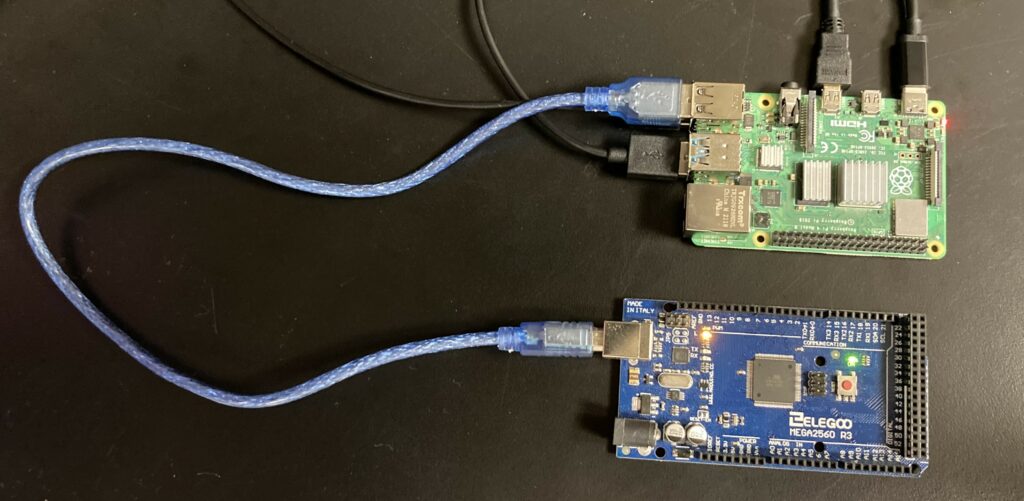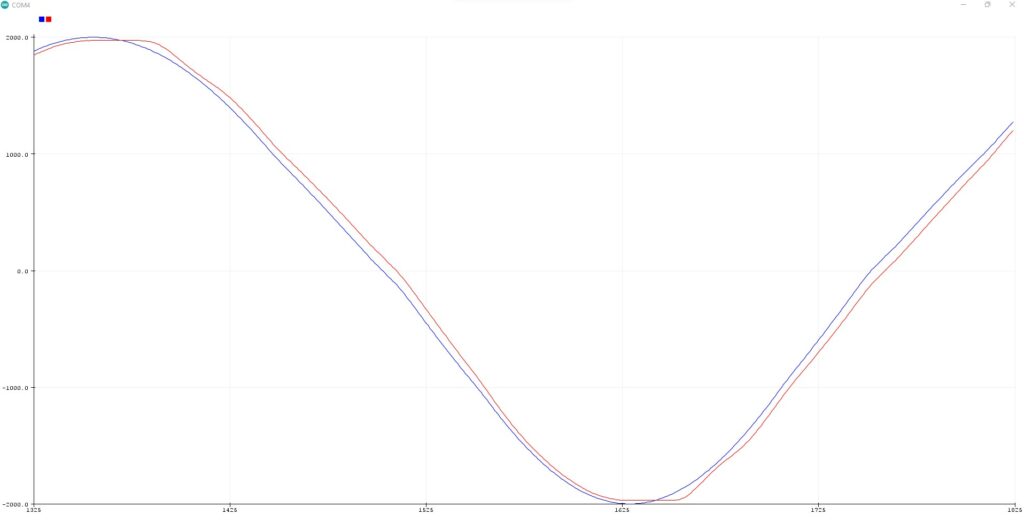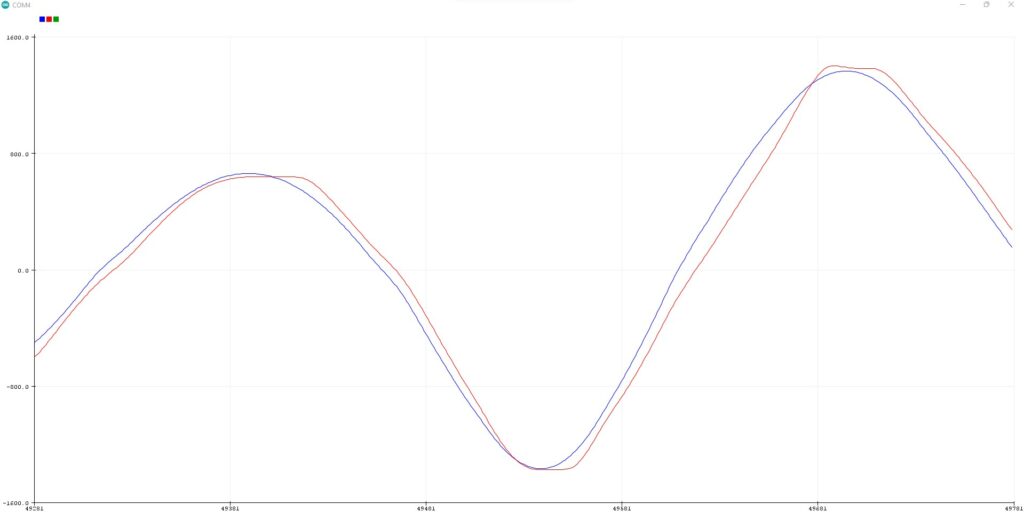The team was able to succesfully use the PyAudio python library in order to play a .wav file out loud. The reason this is important is because the group wants the rover to have some sort of feedback, whether that be auditory, visual, or preferably both. This python script enables the group to provide auditory feedback to persons in the vicinity of the rover. Here is a link to the PyAudio API documentation: https://people.csail.mit.edu/hubert/pyaudio/
Below shows the audio file called “test2.wav” as well as the python code used to play it out loud.
PyAudio Python code
#!usr/bin/env python
#coding=utf-8
import pyaudio
import wave
#define stream chunk
chunk = 1024
#open a wav format music
f = wave.open("test2.wav","rb")
#instantiate PyAudio
p = pyaudio.PyAudio()
#open stream
stream = p.open(format = p.get_format_from_width(f.getsampwidth()),
channels = f.getnchannels(),
rate = f.getframerate(),
output = True)
#read data
data = f.readframes(chunk)
#play stream
while data:
stream.write(data)
data = f.readframes(chunk)
#stop stream
stream.stop_stream()
stream.close()
#close PyAudio
p.terminate()





